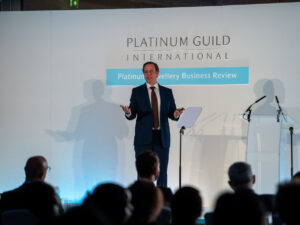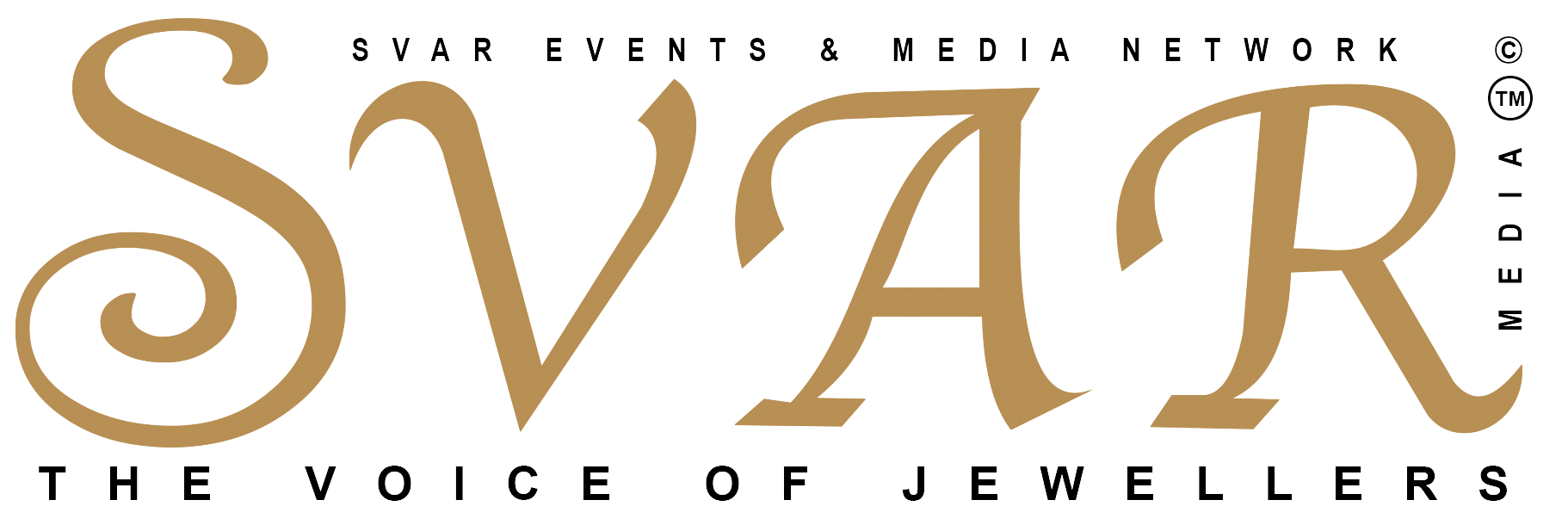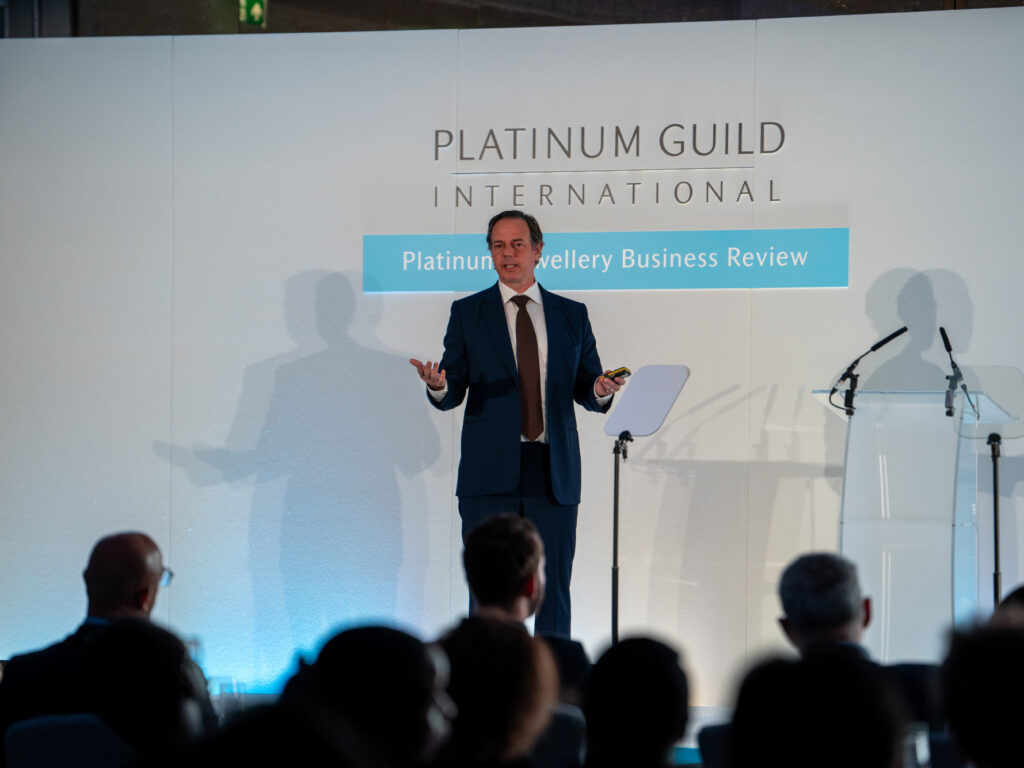PGI SHOWCASES HOW IT CREATES JEWELLERY DEMAND THAT OTHERWISE WOULD NOT EXIST
21st May 2024
Creating an ounce of demand in platinum jewellery requires deliberate actions that can incorporate various differences along the product journey, according to the latest insights from the 2024 Platinum Jewellery Business Review by Platinum Guild International (PGI), the global marketing organisation dedicated to creating and strengthening the market for platinum jewellery.
Driving sales and value for platinum jewellery for our strategic partners is imperative in order to create demand in ounces. We do this by implementing powerful new creative ideas, introducing technology and design as well as triggering consumer behaviour. This year, we are also expanding our reach to new categories and markets,” said Tim Schlick, CEO of PGI.
The 2024 PJBR showcased how PGI creates demand through the following strategic actions in each market, which, in fact, are integrated into all markets.
Japan: Creating occasions and quality production at commercial scale
Japan has the highest per-capita demand for platinum jewellery in the world with almost 100% awareness of the metal, mainly by creating purchasing occasions in and for platinum jewellery.
In 1975, PGI’s first activity was to re-establish the platinum engagement ring (ER) and wedding bands (WB) as the indispensable part of any marriage ceremony. Today, over 90% of ERs and 80% of WBs, respectively, are made of platinum. In 2007, PGI further expanded platinum’s position by creating an anniversary-gifting occasion through the launch of the “Thanks Days Platinum” brand, which targeted men reaching retirement age to buy platinum jewellery for their wives.
PGI created its most recent buying occasion in 2020 with a branded collection, “Platinum Woman”, for young, affluent working women who aspire to shape their lives and successes but don’t have the buying power nor affinity to platinum-like their elder peers.
Occasion-led demand creation for platinum has been sustained in conjunction with high-quality manufacturing, which is at the very heart of Japanese culture, especially in metallurgy and artisanal craftsmanship.
As a result, platinum jewellery is recycled far less than gold, at a ratio of 1:9 and tends to be more emotional pieces passed down to future generations. For every piece of “Thanks Days Platinum” sold, there are up to seven other pieces sold in platinum, one of the highest paid-to-earned ounce ratios globally, and “Platinum Woman” has uplifted platinum jewellery ownership among young consumers by 20%.
China: Driving current and future production quality through innovation and technology
Apart from headwinds such as a slowing economy, an ageing population and high youth unemployment, China has presented significant challenges to the platinum industry like the limited range of alloys, the low availability of findings, a key ingredient in jewellery, a reduced ability to make and work with wires and tubings, and gold’s early lead in manufacturing innovations, stemming from China’s strong historical ties to gold.
To tackle the technical challenges, PGI has played an outsized role in China by promoting technological advances in the jewellery industry and bridging the innovation gap to gold, such as introducing new alloys, 3D printing, and new industrial applications. PGI also introduced technical expertise and support on the manufacturing floor, where it matters the most, helping manufacturers obtain products and materials and providing education, training, and know-how through PlatinumABC, PGI’s proprietary content platform.
With PGI’s help, Chinese platinum manufacturers have created innovations such as the diamond cut, dark electroplating, electroforming, and mixed products with gold and other materials, creating 265 new SKUs, curated across a total of 28 branded collections. PGI has also collaborated with other companies, schools, laboratories and fabricators to push the platinum agenda in China.
US: Creating category expansion through investment in design
In the US market, design is the single most important driver in the market, which has historically given the advantage to white gold as more designs are readily available in white gold than in platinum. PGI has met this challenge by engaging the designer community to create well-designed jewellery that goes beyond the bridal market and suits platinum’s target consumers.
To bring more design-led, non-bridal jewellery into the market, PGI created the Platinum Spotlight Program featured at the COUTURE Jewellery Show in Las Vegas, one of the most prestigious trade shows and design awards in the US. The program has inspired yellow gold designers to create their signature pieces in platinum and, in many cases, to create collection extensions that feature platinum in a way that gold could not.
In addition, “Platinum Born” was created to build on the women’s self-purchase momentum in the US jewellery market, combined with the need for more non-bridal, design-focused products. PGI tapped into this white space by developing a metal-only, fashion-forward platinum collection. With its concentration on design, PGI has seen the market share of non-bridal jewellery increase from 32% in 2019 to 44% in 2023.
India: Creating last mile conversion by winning over retailer support
In a large and dynamic jewellery market, platinum is the metal of choice for younger jewellery consumers in India. While platinum is the fastest-growing niche in the jewellery market, gold still accounts for 80% of the jewellery retail trade.
PGI’s challenge was turning the typical retail store layout into an opportunity, enabling retailers to voluntarily increase customers’ exposure to platinum and focus on the benefits of platinum, including its popularity among young trendsetters, and its higher profit margins. For instance, PGI made platinum more visible in the gold section with innovations like creating platinum jewellery designs with rose gold accents.
By identifying a conversion and upsell opportunity and through improving the last mile of the consumer purchase journey, the gold section program accounts for 30% of all platinum jewellery ounces in India. The reach of platinum-in-gold section products now spans to almost 1,200 points of sale, supported by a rigorous training program that has reached almost 80,000 sales associates, with over 20,000 in the last year alone. PGI’s enhanced replenishment model also ensures that products within the program are replenished within 72 hours.
Under PGI’s guidance, platinum jewellery has created approximately 90 million incremental ounces since 1975. “By identifying and addressing specific opportunities in our key markets, PGI has created demand for platinum jewellery where it never existed before and built a solid foundation for the future,” said Mr. Schlick.
About Platinum Guild International:
Platinum Guild International (PGI) is a worldwide marketing organisation dedicated to creating, expanding and strengthening consumer and trade markets for platinum jewellery.
PGI has offices in the world’s major jewellery markets. Through various programmes in collaboration with jewellery retailers and manufacturers, PGI creates consumer-ounce demand by identifying and fulfilling platinum jewellery opportunities for its partners.



